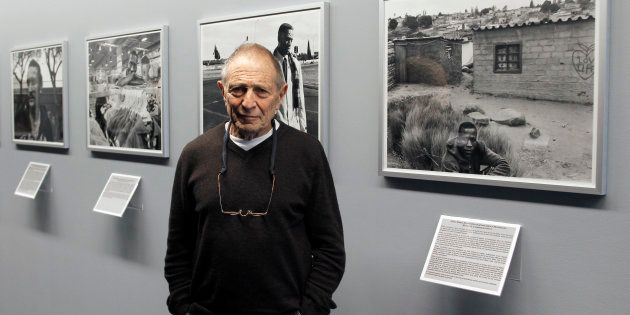
Renowned South African photographer David Goldblatt has died. According to the Mail & Guardian, this was confirmed by the Goodman Gallery on Monday morning.
David Goldblatt, one of South Africa's iconic documentary photographers, has passed away, a family friend has confirmed. Details to follow. pic.twitter.com/YW3meotQY8
— Mail & Guardian (@mailandguardian) June 25, 2018
According to his biography on SAhistory.org.za, Goldblatt was born in Randfontein in 1930 — the son of Lithuanian immigrants who fled the Baltic nation to escape persecution as Jews.
After matriculating in 1948, Goldblatt decided to pursue a career in photojournalism.
He became famous as one of the country's best documentary photographers, active in the white liberal artistic community in Johannesburg, photographing farming and mining communities.
But he actively stayed away from politics and did not want his work to be used by any political organisation.
However, his work would later become politicised, with the London office of the ANC calling for a boycott his Goldblatt's touring exhibition in the 1980s. The ANC felt Goldblatt had defied the cultural boycott and took issue with the fact that Goldblatt was the resident photographer for mining company Anglo-American.
He was one of the first South Africans to be represented in the New York Museum of Modern Art.
While his work was not overtly political and he did not photograph many of the defining South African political moments, the Wits University Alumni page notes,
"For almost 35 years he has produced images of startling clarity and vision, ranging from nuanced and evocative portraits to striking explorations of the structure of urban and rural inequality in South Africa. In the 1970s and 1980s, some of his most haunting photographs came to provide complex evidence, for a world outside, of the texture and meaning of human displacement in this country.
Fans took to social media to remember Goldblatt.
